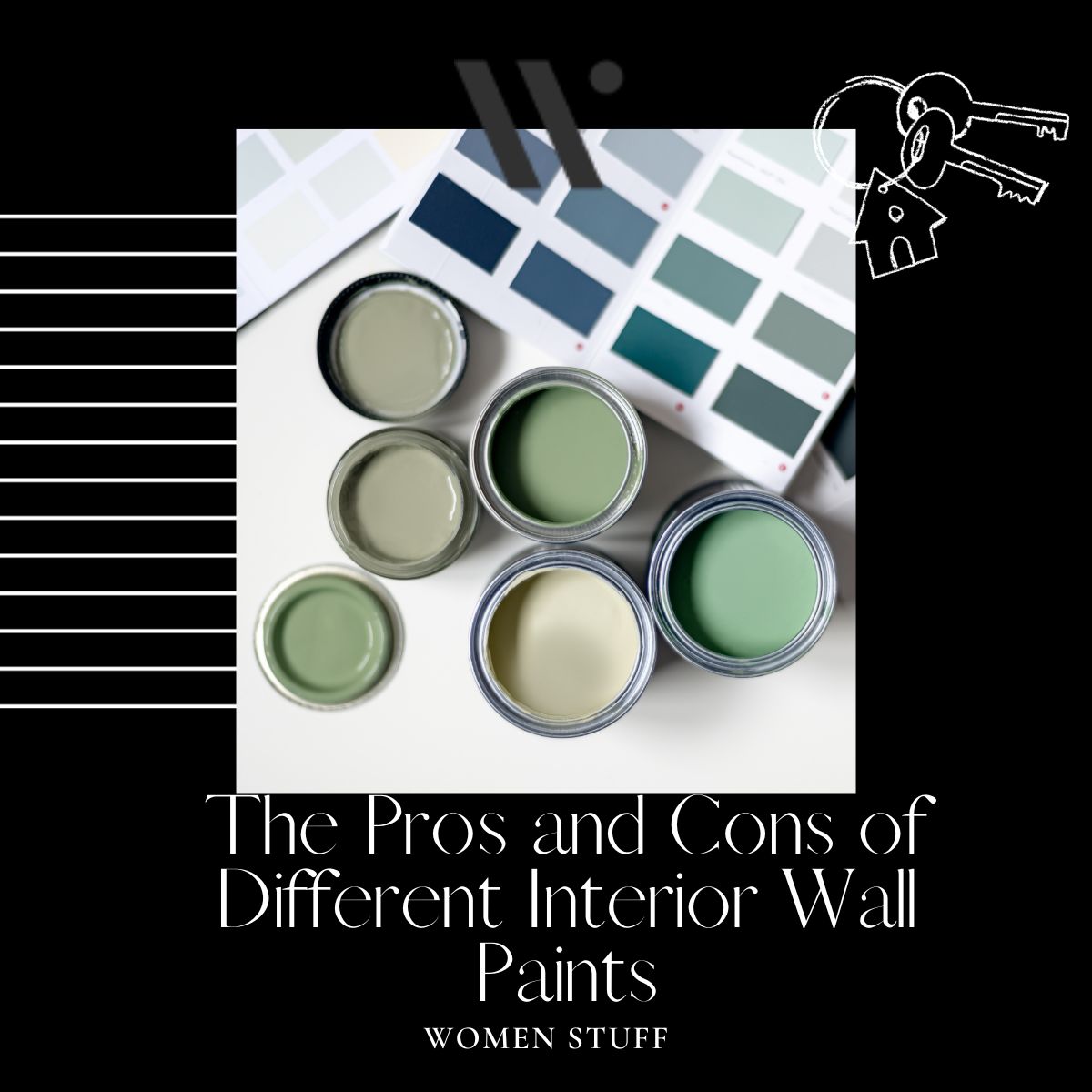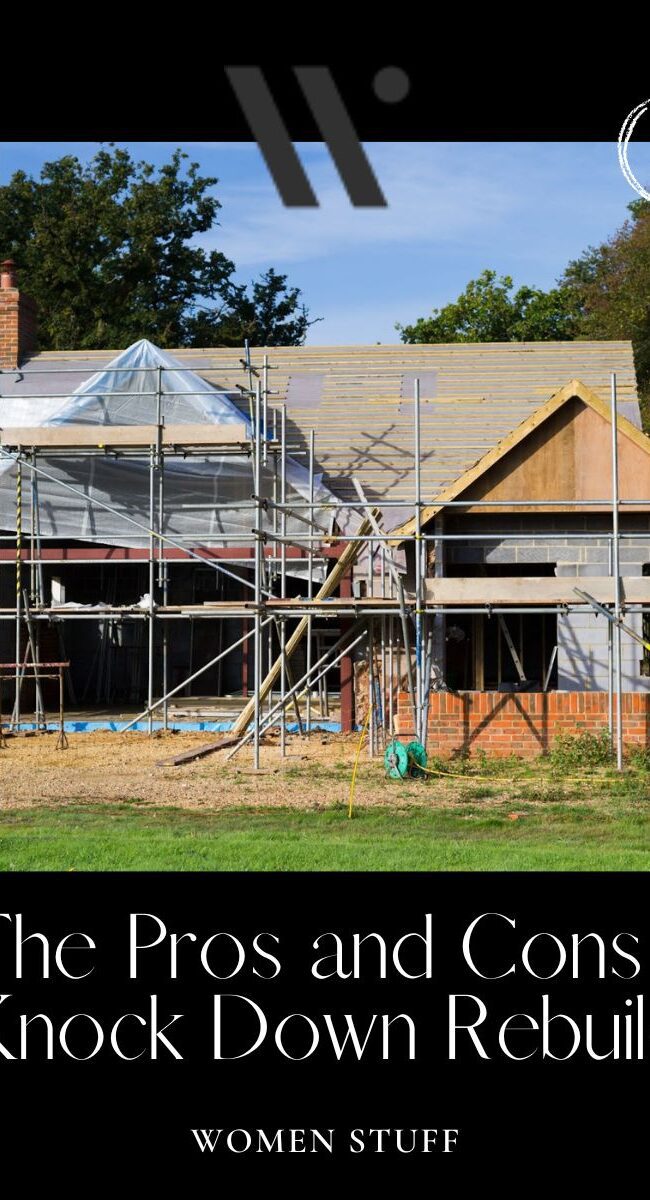
The Pros and Cons of Different Interior Wall Paints
Have you been toiling away for hours trying to choose the right interior wall paint? You’re not alone! Deciding on the right color and type of paint for your walls can be a daunting task, fraught with important decisions that ultimately have an effect on both the look and feel of your spaces.
In this blog post, we’ll look at some of the most popular types of interior wall paints on today’s market – from matte finishes to glossy ones – so that you can find one that works best for your home. We’ll discuss each option’s strengths, as well as any potential drawbacks along the way – so buckle up and get ready for a deep dive into all things interior wall paint.
Flat Paint
Flat paint, also referred to as matte paint, is a type of interior wall paint that offers a non-reflective finish. This paint is typically used on walls and ceilings where imperfections need to be hidden, as its matte finish can effectively mask small bumps or cracks.
Pros of Flat Paint:
It obscures wall imperfections well, making it ideal for older homes.
It provides a rich, deep colour payoff.
It is typically cheaper than other types of paint.
Cons of Flat Paint:
It’s not very durable and can be challenging to clean.
It tends to absorb light rather than reflect it, making rooms look darker.
It is prone to scratching or scuffing, particularly in high-traffic areas.
Satin Paint
Satin paint, often classified as a type of finish rather than a specific type of paint, strikes a balance between matte and gloss. It offers a slightly glossy appearance that is more reflective than flat paint but less shiny than semi-gloss or gloss paint. Satin paint is commonly used in rooms that require frequent cleaning, such as kitchens, bathrooms, or children’s rooms, due to its durability and easy-to-clean nature.
Pros of Satin Paint:
It has a slight sheen that can make rooms appear brighter.
It is durable and stands up well for cleaning, making it a good choice for high-traffic areas.
It can resist mildew and mould, making it suitable for damp environments like bathrooms and basements.
Cons Satin Paint:
It may highlight wall imperfections due to its slight gloss.
It can be more expensive than other types of paint.
Applying satin paint requires a certain level of skill, as brush strokes can show if not applied evenly.
High-Gloss Paint
High-gloss paint is a type of paint that offers a highly reflective finish, almost like the sheen of polished glass. This paint is often used to enhance accents and details of interior design, such as doors, window frames, trims, or even cabinets. Its high reflectivity can add drama and depth to the space.
Pros:
It offers a high degree of reflectivity, adding sparkle and brightness to spaces.
It is exceptionally durable and resistant to stains and physical wear.
Its slick surface makes cleaning easy, often requiring just a wipe-down.
Cons:
High-gloss paint tends to highlight imperfections, making surface preparation crucial.
It can be difficult to apply evenly and require multiple coats for the best finish.
It is typically more expensive than other paint options.
Semi-Gloss Paint
Semi-gloss paint, as its name suggests, is a type of paint that falls in between matte and high-gloss paints in terms of sheen. It provides a subtle shine when dried, making it a popular choice for rooms and areas that require both durability and a moderate level of reflectivity. Semi-gloss paint is often used for trim around doors, windows, and other architectural features, but it’s also suitable for walls in kitchens, bathrooms, and children’s rooms due to its resistance to humidity, stains, and frequent cleanings.
Pros:
It offers a nice balance of sheen, being more lustrous than flat or satin paint but less shiny than high-gloss paint.
It is highly resistant to moisture and can withstand frequent cleaning, making it an excellent choice for rooms exposed to humidity or prone to messes.
It can add a subtle touch of drama to the room without being overpowering.
Cons:
Semi-gloss paint can highlight wall imperfections, so a smooth, well-prepared surface is key.
It can be challenging to touch up, as the sheen variance between the original paint and the new coat can be noticeable.
It is usually more expensive than flat and satin paints, although it is typically cheaper than high-gloss paint.
Painting Techniques for Your Next Project
Now that we’ve reviewed different paint types, let’s dive into painting techniques. Choosing the right technique will not only enhance your paint’s performance but also create a visual interest in your space. Whether you’re a seasoned DIYer or a beginner looking to personalize your space, the techniques discussed below could provide the inspiration you need.
1. Colour Washing
Colour washing is a two-step process that involves a base coat and a top coat. The base coat is usually a solid colour that forms the primary hue of your wall. The top coat is a mix of glaze and paint, applied in a random pattern over the base coat. This technique adds depth and texture to your walls, giving them an old-world, rustic look.
2. Sponging
Sponging is another popular faux painting technique. In this method, a sponge is used to apply or remove glaze to or from the wall, creating a mottled texture rich in colour variation. The sponge’s natural pores enable the technique to create a unique, organic pattern that is impossible to replicate.
3. Rag Rolling
Rag rolling is a technique that involves rolling a rag up and down the painted wall to produce a soft texture. You can choose to apply or remove the glaze with the rag, creating unique effects on the wall. This method can give your walls a subtly textured, sophisticated look.
4. Dry Brushing
Dry brushing involves using a brush that has very little paint on it to apply colour to your wall. With this technique, the wall’s base colour shows through the brush strokes, creating a subtle layering effect. The result is a wall with added depth and a hint of texture.
5. Stenciling
Stenciling is a technique that allows you to add a personal touch to your space. With pre-cut patterns, you can create intricate designs on your wall. Whether it’s a mural, a border, or a repeated pattern, stencilling allows you to bring an artistic flair to your room.
Final Thoughts
As with any home project, planning and preparation are crucial to achieving the desired outcome. Before choosing a paint type or technique, consider the room’s purpose, lighting, and existing decor.
Take the time to research and experiment before diving into your next painting project. Needless to say, if you don’t feel like doing the research and the work yourself, you can always hire a professional. Check them out here if you need assistance in your next painting project!





